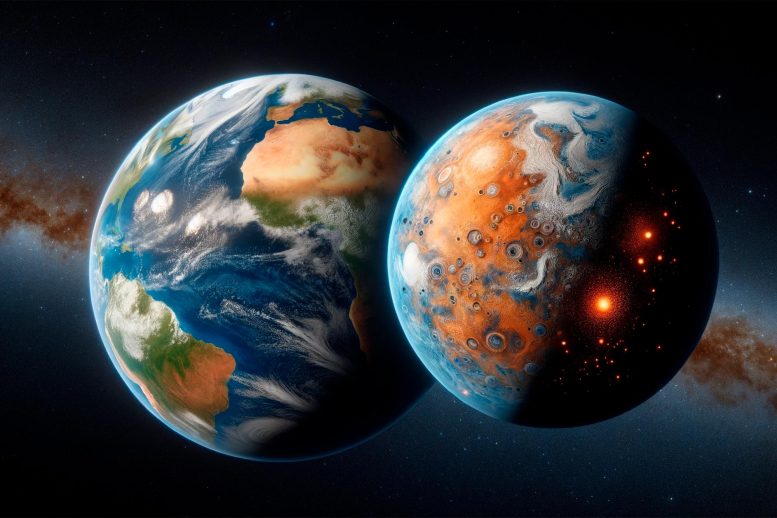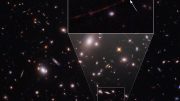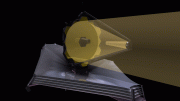
A research team used the James Webb Space Telescope to explore the impact of increased CO2 on Earth and exoplanets. Their research found that CO2 additions cause more warming in areas without direct sunlight, affecting global circulation. This phenomenon is consistent on both Earth and TRAPPIST-1e, highlighting the importance of understanding greenhouse gases for exoplanet habitability and Earth’s climate. This study marks a significant advancement in exoplanetary science and climate research.
A research team, utilizing the James Webb Space Telescope, has discovered that increased CO2 levels lead to more intense warming in regions without direct sunlight on both Earth and exoplanets. This finding is crucial for understanding the habitability of exoplanets and the impact of greenhouse gases on Earth’s climate.
With the launch of the James Webb Space Telescope (JWST), the study of exoplanetary atmospheres and their potential habitability reached new heights. A team of researchers, delved into the effects of greenhouse gas supplements on temperate terrestrial exoplanets and Earth. Their findings demonstrate a parallel relationship between CO2 supplement and intensified warming in non-irradiated regions, impacting global circulation patterns.
The team was led by Dr. Assaf Hochman from the Institute of Earth Sciences at the Hebrew University of Jerusalem, Dr. Thaddeus D. Komacek from The University of Maryland, College Park, and Paolo De Luca from the Barcelona Supercomputing Center. The results were published in the journal Scientific Reports.
Uncovering Global Circulation Dynamics
Analyzing ExoCAM and CMIP6 model simulations, the research team discovered that the addition of CO2 leads to heightened warming in areas shielded from direct sunlight, i.e., the night side and polar regions. These localized temperature changes can bring about significant alterations in global circulation. Employing a dynamical systems framework, the researchers gained additional insights into the vertical dynamics of the atmospheres.
Greenhouse Gases and Atmospheric Stability
The study also reveals that introducing a greater supplement of CO2 into the atmosphere enhances temporal stability near the surface but decreases stability at low pressures. Surprisingly, this observation holds true for both Earth and TRAPPIST-1e, despite their distinct climate states. Dr. Assaf Hochman, from the Hebrew University of Jerusalem, emphasized the importance of comprehending the intricate connections between greenhouse gases and climate dynamics on both Earth and potentially habitable exoplanets.
Expanding the Horizon of Exoplanetary Science
“These findings shed light on the complex interactions between greenhouse gases and climate dynamics, offering crucial insights into the habitability of exoplanets and the potential impacts of greenhouse gas emissions on Earth’s climate,” said Dr. Assaf Hochman.
This study contributes to expanding knowledge in exoplanetary science and climate research. As the quest for habitable exoplanets continues, studying Earth’s climate dynamics becomes pivotal in identifying and characterizing potentially habitable worlds beyond our solar system.
Reference: “Analogous response of temperate terrestrial exoplanets and Earth’s climate dynamics to greenhouse gas supplement” by Assaf Hochman, Thaddeus D. Komacek and Paolo De Luca, 10 July 2023, Scientific Reports.
DOI: 10.1038/s41598-023-38026-8
Dr. Assaf Hochman is a researcher at the Institute of Earth Sciences, Hebrew University of Jerusalem. Dr. Thaddeus D. Komacek is an assistant professor in the Department of Astronomy at The University of Maryland, College Park. Paolo De Luca is a Marie-Curie Postdoctoral Fellow at the Earth Sciences Department of the Barcelona Supercomputing Center.









Hello to the manager, when you read my comment, please put it in the comment section of NASA and say that this theory is Dr. Agha Kesiri from Iran and they should help me to go to Canada and send me a return letter from Canada and I will come to America. The abstract and summary of the articles that I sent on your website about the destruction of life on Earth, you, dear manager, send it to the NASA website because I cannot access the NASA website in Iran. In the planets of Neptune, Uranus, Saturn, Jupiter, I said that the stars of the two arms of the galaxy collided with Neptune, Uranus, Saturn, Jupiter, and hydrogen gas was formed in these gaseous planets, and some of the planets that came with those stars collided with the sun and caused the destruction of life on earth. You sent s m s to mobil dr kesiri thank you